A Blockchain Of Blockchains - Fantom DAG-based aBFT Consensus-as-a-service Has Come To Unite Many
The traditional databasing system is flawed, modifiable system design gives too much room for bad actors to define and alter data inputs that were meant to serve a record purpose.
But that may soon be changed to a large extent.
Blockchain value proposition offers many benefits that can reshape many industries and sectors and allow the pronounce of truth to reign again.
There is so much that can be done with blockchain, however, despite the disruptive properties of blockchain, there are many limitations that are currently derailing its wide adoption.
Talk of ;
- Scalability
- Speed
- Security and
- Decentralization.
One or two of this pain-point is often sacrificed for the others in many blockchain systems which as a result keeps many enthusiasts and commoners waiting behind the fence for the "ideal system".
Until today, no single system has been able to successfully achieve and incorporate all of these elements into its network. Even bitcoin lack in two major aspects "speed and scalability".
Apart from the immutability trait that makes blockchain so sought after, the manner of how independent nodes scattered throughout many locations comes to an agreement without any outside influence is what is more fascinating.
Consensus defines a blockchain system, however, many existing consensus protocols are flawed, in fact, many systems suffer from speed, security, and decentralization ailment because the core consensus protocol is inadequate to effectively propagate these mechanisms.
Consensus is the master conductor derailing the success application and wide usage of blockchain technology.
There have been many functional consensus types, starting with the bitcoin "proof of work" to "proof of stake" introduced by Ethereum to many other types, however, no single existing consensus has been able to nail the blockchain trilemma to the wall.
Finding the ideal consensus is now a race many startups are trying to win.
And that is why Fantom has decided to launch consensus-as-a-service through its pioneering framework to enable decentralized operations in many existing sectors and businesses that could do better with transparency.
The Fantom Lachesis (aBFT) Protocol
To make a blockchain system decentralized, its operating nodes need to be scattered at different locations in large numbers. This strength in numbers ensures there is no one point of failure. But there is a problem with this kind of setup because consensus takes longer to be achieved as each node stores and arranges every transaction in blocks as the others in the same linear format which in turn have a direct effect on transaction speed and performance.
But Fantom is showing us through tangible efforts that this could be done in a different way that will drastically enhance the performance and speed of distributed network while still ensuring the security, ability to scale, and decentralization of the network remains intact.
Fantom notion brought about the Lachesis protocol which is fundamentally built using the aBFT (asynchronous byzantine fault-tolerant) consensus on a DAG-based infrastructure.
DAG aBFT cryptographic technique ensure transactions can be processed in large numbers from different locations at the same time while eliminating the mechanism of processing data inputs one at a time by every node in a network.
To achieve optimum security, strength in processing speed and other essential features or additions, Fantom implements many acting mechanisms that are unique but generic in their own way.
The OPERA Chain
This can be regarded as the main chain or the brainchild of the Fantom system. The OPERA chain was formulated in order to conduct and propagate transactions in large quantities of hundreds of thousands with a set target of about 300,000 TPS for initial implementation while scaling can happen infinitely with future implementations.
The Chain adopts the Lachesis Consensus Algorithm (LCA) over a DAG-based system to oversee the operation of its network.
Transactions in the system are processed in such a way that, new transactions are added to a formal event block in a single parent format which will do well to allow transactions to be processed faster at different junction rather than in linear format adopted by legacy platforms. The security and authenticity of this lineup are achieved through cryptographic communication and a means known as "story data" which is uniquely identified through the "story root" of each chain. This asynchronous connection allows different blocks to store different information, unlike existing blockchains where each node must have the same history.
Lost of data through node inactiveness becomes an intriguing question with this kind of formation, and that's the reason why the "story data" of the chain remain important, also cryptographic practices ensure the system maintains adequate immutability as data cannot be allowed to be altered.
Apart from being a system that incorporates many systems, Fantom will conduct smart-contract functions using a high-end programming language "Scala" which is well known and practiced by many programmers and developers alike.
The OPERA Chain consists of three layers:
- The OPERA core layer: which is responsible for processing transactions at scale.
- The OPERA Ware layer: which supports smart contracts and other functionalities.
- The OPERA Application layer: which supports third-party applications.
Lachesis Consensus Algorithm Brief Breakdown
LCA will be the acting consensus mechanism that will propagate operations on the OPERA Chain and allow it to process transactions of over 300,000 TPS with full support for smart contract functions using the well developed "Scala" programming language.
The security of the system will be achieved with the usage of cryptographic encryption and communication.
LCA works under the Byzantine Fault Tolerance rule and allows asynchronous operations with little to no hassle.
The communication and operation of LCA will result in the formation of "Lachesis DAG" that will allow and preserve the immutability of data to maintain the system integrity.
Blocks which are also known as event blocks in the system will contain data such as transactions, smart contracts, Stories (historical information), and the values of previous events.
LCA asynchronous design ensures that the first of two identical transactions will be confirmed to solve the issue relating to double-spending.
Events block authenticity grows stronger as new event blocks are added thus forming a root or source data history
LCA consists of different components that propagate its functions, namely: Events, Clothos, Atropos, and the Main Chain.
Event Block
This is the typical traditional block that handles the storage of transactions and various kind of information.
Unlike other blockchain system where new block verify the data of all existing parent blocks, the event block, in this case, will be able to verify only it's parent event block while being connected with hashes, all event block are connected to their parents through hashes, which as a result ensures the integrity of the system. Also, a new node entering the system will be built over an existing event block. The first block produced by this new node is known as the "leaf block".
Clotho
A clotho is a kind of event block but contain a flag table, it connects a kind of event block to the other and acts as a passage of intermediary communication
Atropos
Is a special kind of event block that is sometimes included in the validation of event blocks. It forms a network along the Main Chain and is appointed based on the information in the clotho.
Main Chain
Just as the name suggests, it can be likened to the CPU of the system. It consists of Atropos and related events block and functions to maintain the overall network structure.
Fantom Consensus-as-a-service Offering
We are familiar with blockchain-as-a-service which is intended to enable enterprise-grade networks. And also to save businesses from the stress of cost and talent needed in order to create their own purposely designed blockchain system.
However, Fantom thinks we can go one step further by establishing a framework that could enable consensus-as-a-service; meaning existing centralized or private infrastructures can implement open and distributed operations if the need ever arises.
LCA protocol with asynchronous operations featuring many-points processing capacity and the ability to interact with outside systems possesses the inherent properties that can make consensus-as-a-service a practical endeavor.
Consensus-as-a-service is an innovative approach and could resolve many problems associated with trust and governance. The need to connect smart devices in current and future IoT set up is also a very good use-case that could greatly benefit from this service.
Conclusion
DAG has shown through many practical applications how it could be applied to facilitate distributed technology applications in many scenarios and setups, this could be said of aBFT too.
Fantom infrastructure with a make-up of such admirable technologies that could work independently yet enhanced one another situates itself as a good candidate that could dominate many sectors.
Though no system is never beyond its flaws, nevertheless, a good design will always proof it's worth over bag over shoe system setups.
Credits
All images are taken from the fantom resources and materials.
Useful Links
Fantom Official Website
Telegram
Twitter
Medium
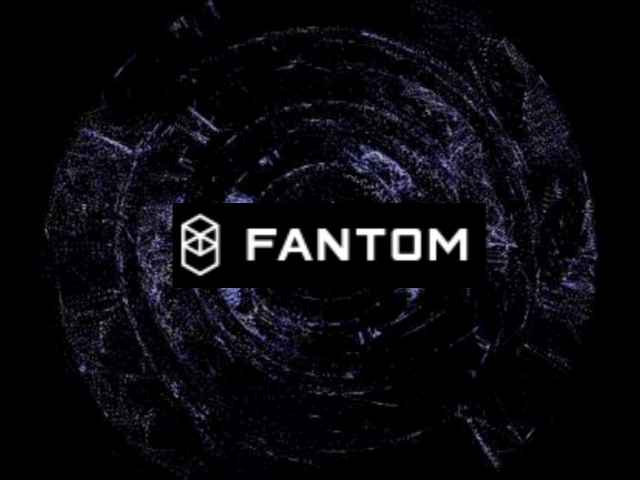
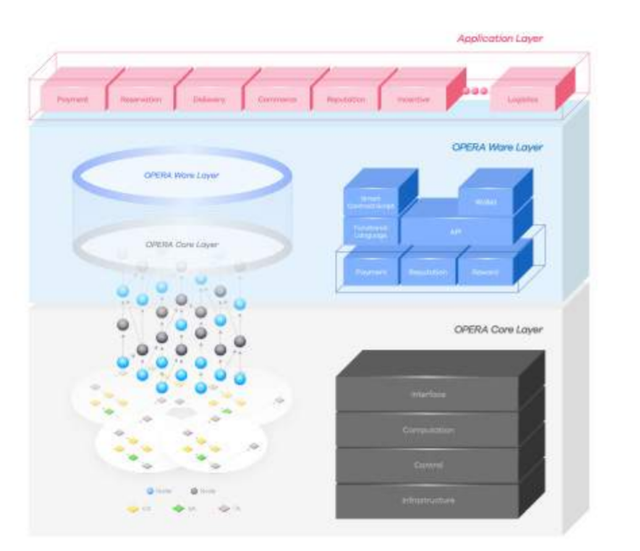
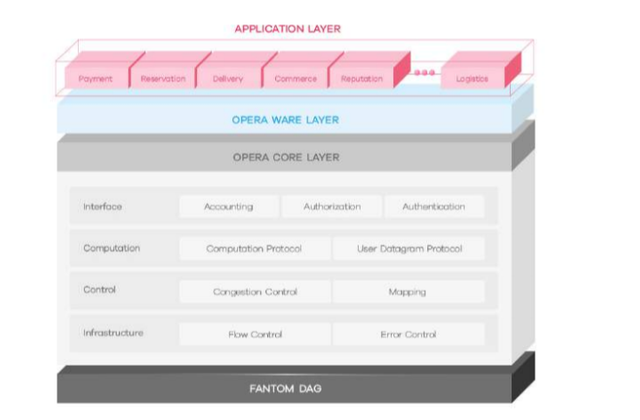
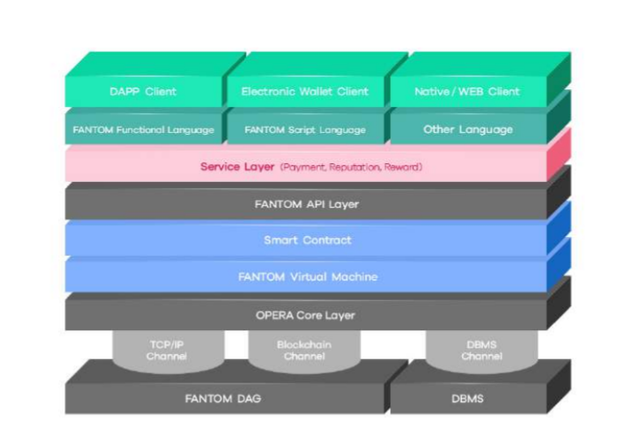
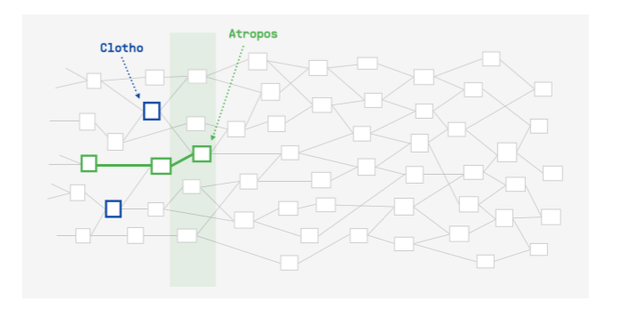
Congratulations @paulo380! You received a personal award!
You can view your badges on your Steem Board and compare to others on the Steem Ranking
Vote for @Steemitboard as a witness to get one more award and increased upvotes!